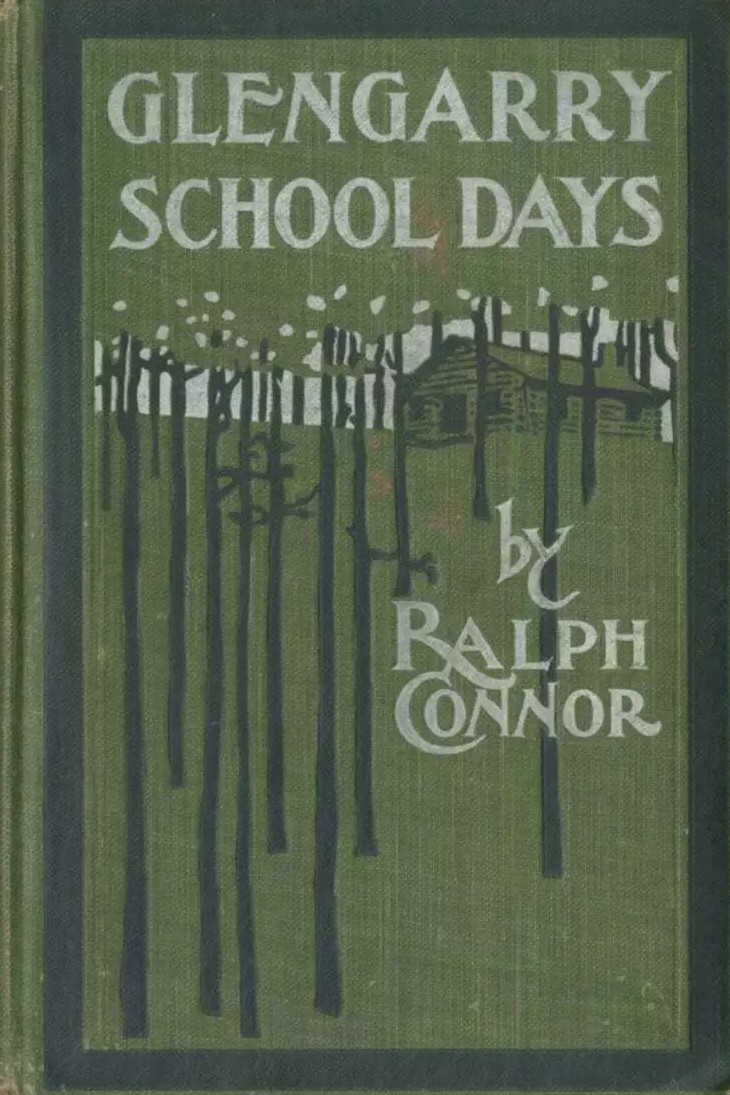A visit to Glengarry School Days provides a pleasant respite from our time’s smugness, self-importance, and sophistication.
High Point: The book exhibits traces of Tom Sawyer, Gordie Howe, and the Shepherd of the Hills.
Low Point: Connor occasionally gets a bit “preachy.”
Author: Ralph Connor
Publication Date: 1902
Genre: Fiction
Project Gutenberg: Glengarry School Days
LibriVox: Glengarry School Days
Movie/TV Adaptation: The Critical Age (1923)
After reading my first Ralph Connor book, I decided it would be my last. For one thing, Connor liked looong sentences that snake through multiple regions and finally land somewhere far from the vicinity of its origin.
But a friend suggested I try another Connor “Canadian” novel she had enjoyed a great deal: Glengarry School Days: A Story of Early Days in Glengarry.
As I started, I got to the second sentence of the first chapter—one that meandered through 149 words, 23 commas, and two semi-colons.
I soldiered through it, and then surprisingly discovered a delightful old book about the inhabitants of a 1900s rural Ontario community. The story exhibits traces of Tom Sawyer, Gordie Howe, and the Shepherd of the Hills.
The gargantuan sentence at the book’s start was an anomaly. The rest of the narrative is comfortably readable, and Connor utilizes some interesting conventions to tell the story. For example, he uses letters from the Glengarry schoolmaster to a friend to relate a few significant events—events made more interesting by the schoolmaster’s colorful perspective.
Connor’s novel evokes older mores, older values, and an older way of life to which many of us would not want to revert. Just the same, a visit to Glengarry School Days provides a pleasant respite from our time’s smugness, self-importance and sophistication.



